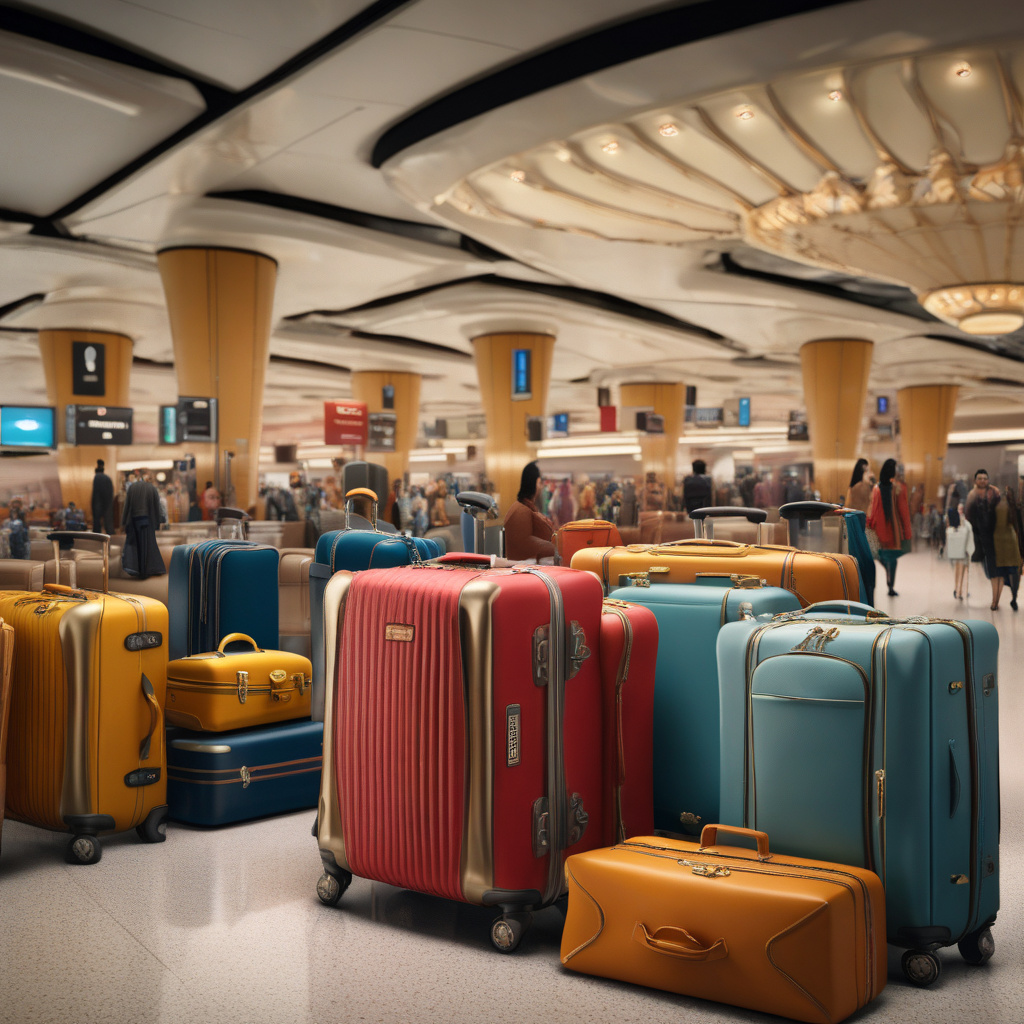The Rise of Luggage Brands: Navigating the Crowded Market
In a world where travel has become more accessible than ever, the luggage industry has witnessed a significant boom in recent years. Tourists and frequent travelers alike are spoiled for choice when it comes to selecting the perfect suitcase, with a plethora of brands catering to every budget and style preference. But why exactly are there so many luggage brands flooding the market?
One of the primary reasons behind the abundance of luggage brands is the relatively low barriers to entry in the industry. With advancements in manufacturing technology and the ease of sourcing materials globally, entrepreneurs can now bring their luggage designs to life with greater ease and efficiency. This has paved the way for a wave of new players to enter the market, each offering their unique spin on functionality, durability, and aesthetics.
Moreover, the travel boom of recent years has significantly inflated the sales of luggage and travel accessories. As more people jet off to exotic destinations or embark on weekend getaways, the demand for suitcases has reached unprecedented levels. This surge in demand has created a lucrative opportunity for both established brands and up-and-coming players to capitalize on the growing market.
However, despite the seemingly endless options available to consumers, signs indicate that the demand for luggage may have peaked. As the market becomes saturated with brands vying for attention, simply setting up a Shopify storefront and relying on slick branding is no longer enough to guarantee success. To stand out in a crowded market, luggage brands must differentiate themselves through innovation, quality, and customer experience.
In a sea of look-alike suitcases, those that offer unique features such as smart technology integration, eco-friendly materials, or customizable designs are more likely to capture the attention of discerning travelers. Brands that prioritize sustainability, durability, and functionality alongside style are better positioned to resonate with consumers who are increasingly conscious of their environmental impact and value long-lasting products.
Moreover, a strong emphasis on customer experience can set a luggage brand apart from its competitors. Providing exceptional post-purchase support, seamless warranty services, and engaging with customers on social media can foster loyalty and trust among consumers. Brands that listen to feedback, adapt to changing consumer preferences, and prioritize transparency in their operations are more likely to build lasting relationships with their audience.
In conclusion, the abundance of luggage brands in the market can be attributed to the low barriers to entry and the surge in travel-related sales in recent years. While the competition is fierce, brands that focus on innovation, quality, and customer experience are poised to thrive in this ever-evolving industry. By staying attuned to consumer preferences, embracing sustainability, and delivering exceptional products and services, luggage brands can navigate the crowded market successfully and carve out their own niche.
luggage brands, travel boom, customer experience, sustainability, innovation









